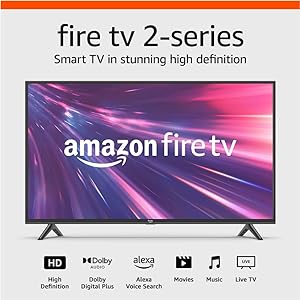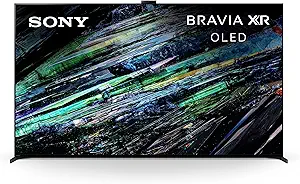As the world of smart TVs expands, consumers are faced with an array of choices, each offering unique features and technologies. Sony and Amazon, two prominent players in the tech industry, have entered the arena with their respective smart TV offerings, sparking a competition that revolves around display quality, content accessibility, and smart features. In this article, we will explore the showdown between Sony and Amazon TVs, shedding light on what sets these brands apart in the highly competitive market of smart televisions.
Key Features Comparison
Smart TV & Connectivity
Sony TVs typically come equipped with a variety of connectivity options, including multiple HDMI ports, USB ports, and support for Bluetooth and Wi-Fi. These features cater to users who want to connect various devices, such as gaming consoles, soundbars, and streaming devices.
Similarly, Amazon Fire TV Edition TVs offer multiple HDMI ports and USB ports for connecting external devices. The inclusion of an HDMI ARC (Audio Return Channel) port simplifies audio setups, especially when connecting soundbars or home theater systems.
Smart Features
Both Sony and Amazon TVs come equipped with smart features designed to enhance the overall user experience. Sony's Android TV platform supports features like Google Cast, allowing users to cast content from their mobile devices to the TV. Additionally, the inclusion of Google Assistant provides voice-activated control, turning the TV into a central hub for smart home devices.
Amazon's Fire TV Edition TVs, as mentioned earlier, leverage the power of Alexa. Users can control their TV, search for content, and perform various tasks through voice commands. The integration of Alexa skills further expands the capabilities, allowing users to control smart home devices, order food, and more using their voice.
Conclusion
Choosing between a Sony and Amazon TV depends on individual preferences, priorities, and budget considerations. Sony TVs, with their emphasis on cutting-edge display technology and audio innovations, are ideal for those who prioritize superior picture quality and a cinematic viewing experience. Amazon Fire TV Edition, on the other hand, appeals to users who value seamless integration with Amazon's content ecosystem, convenient voice control through Alexa, and an affordable yet feature-rich smart TV. In the clash of Sony vs. Amazon TVs, both brands continue to evolve their offerings, ensuring that consumers have diverse options to cater to their unique entertainment needs. Whether it's the visual excellence of Sony or the content-rich experience of Amazon, the smart TV market is a battleground where innovation and user experience take center stage.



















